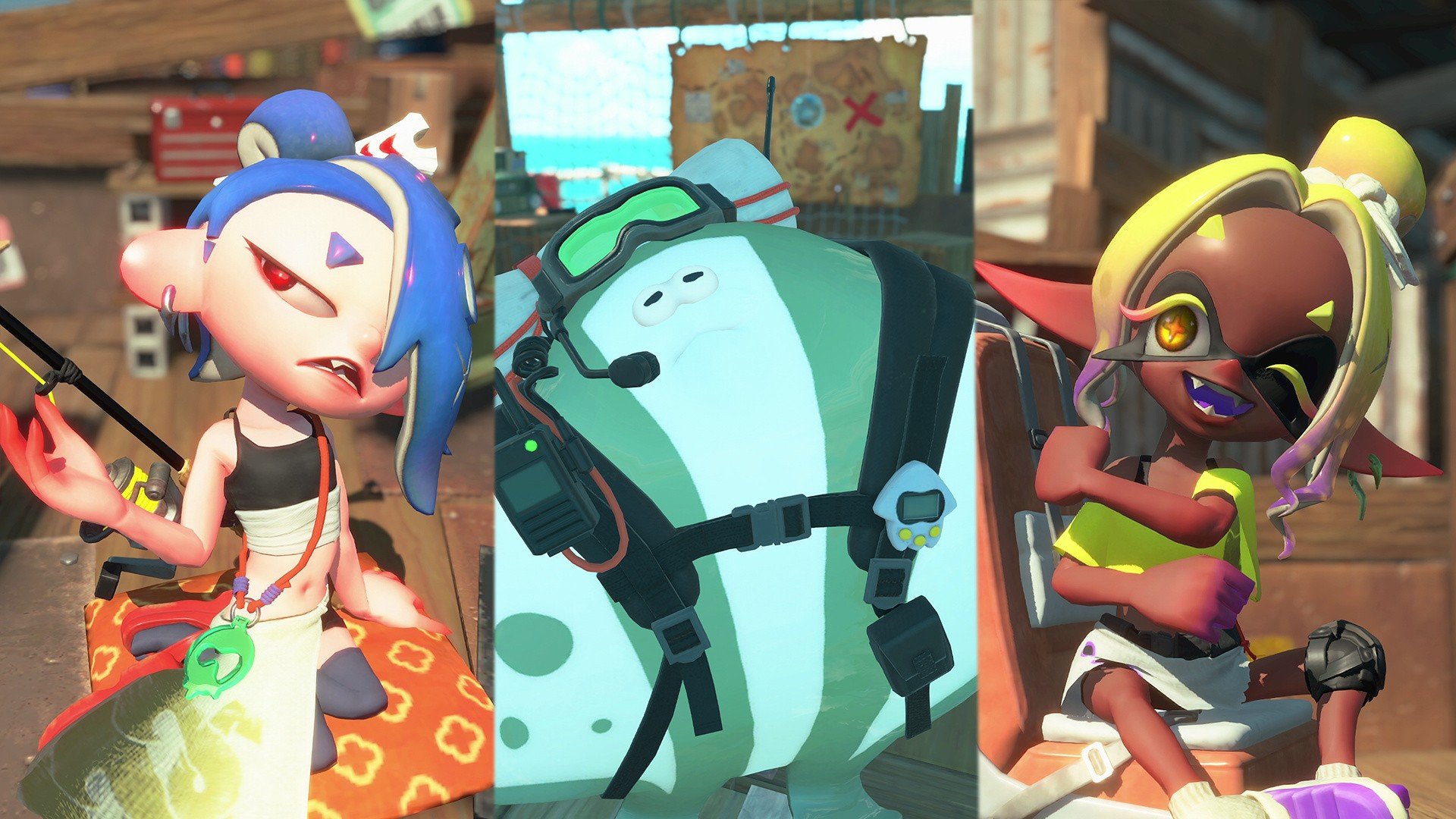

It’s down to personal preference, in my opinion. Steam Deck has more flexibility (any game store + Steam, since it is just a Linux PC in a convenient form factor, so you can go through the massive PC back catalogue as well as enjoy massive sales), but the Switch 2 has a wide array of exclusive titles (Mario Kart World is like my dream Mario Kart, and I am not ashamed to admit I’m addicted to Fire Emblem) as well as the third party titles. Deck has more online features (Nintendo for some reason refuse to put achievements into their consoles, plus Steam has the community pages), but Switch 2 has a better local multiplayer experience (being able to detach a Joy Con and play with a friend on a long train ride or something is amazing). I would say buy both, but most people would rather not do both (since it’s a lot of money, two separate devices, and also two separate libraries). It really depends on your priorities. Personally, I lean more Switch 2 due to its good combination of exclusives and third party games, but that is heavily influenced by the fact I have one.



All the consoles + PC screw you over in some way, shape, or form. It’s just a question of what you are willing to put up with and your red lines for what you don’t want. I wouldn’t go so far as to say there’s a bias against Nintendo though, it’s just the most talked about company since they’re the biggest console player at the moment.